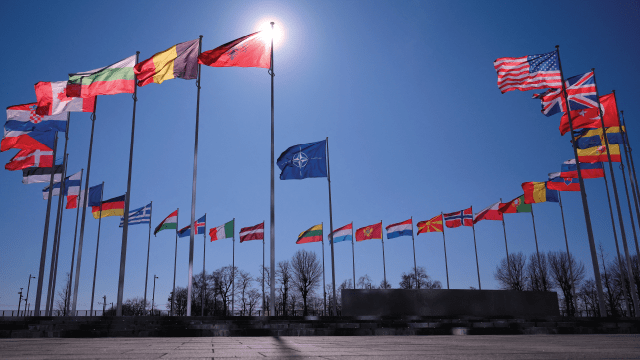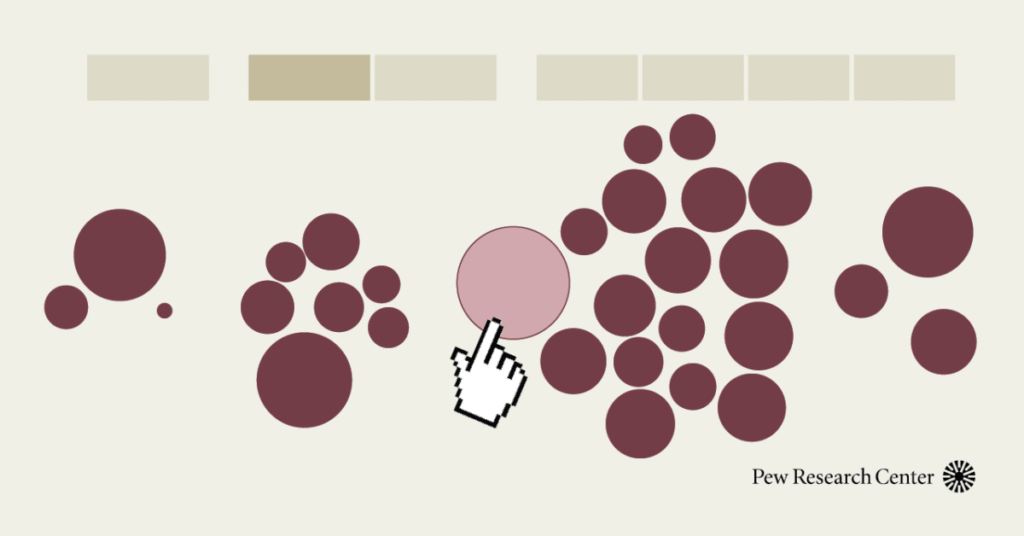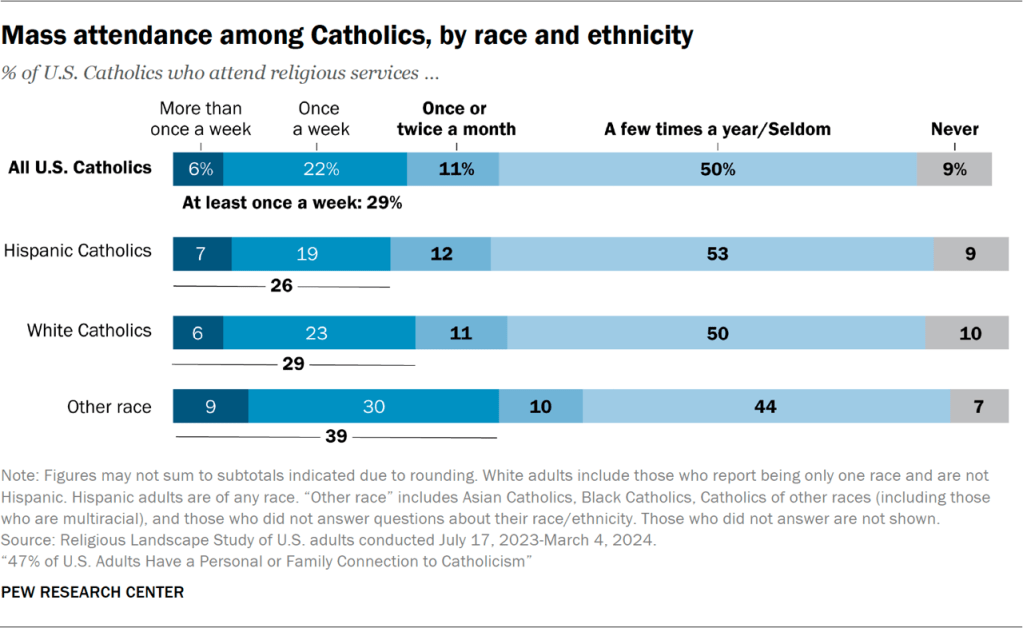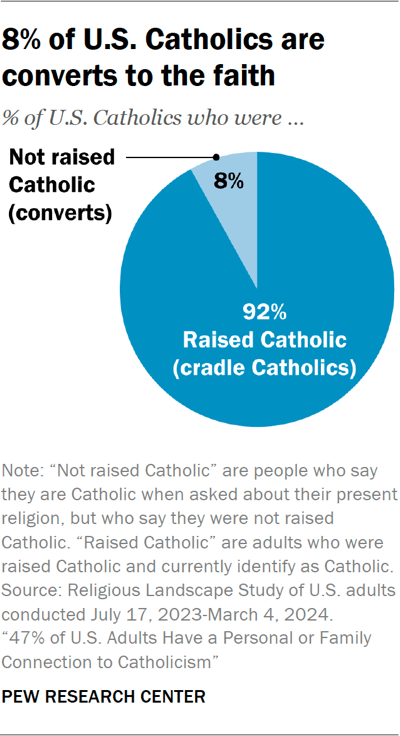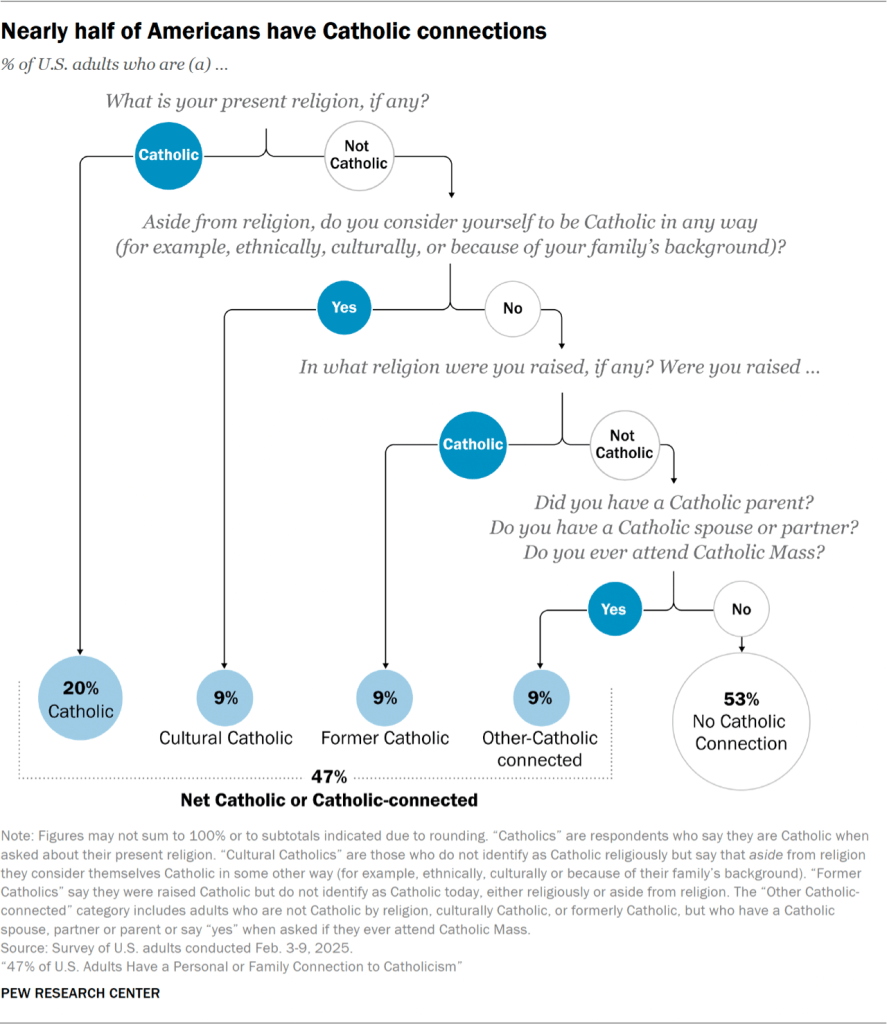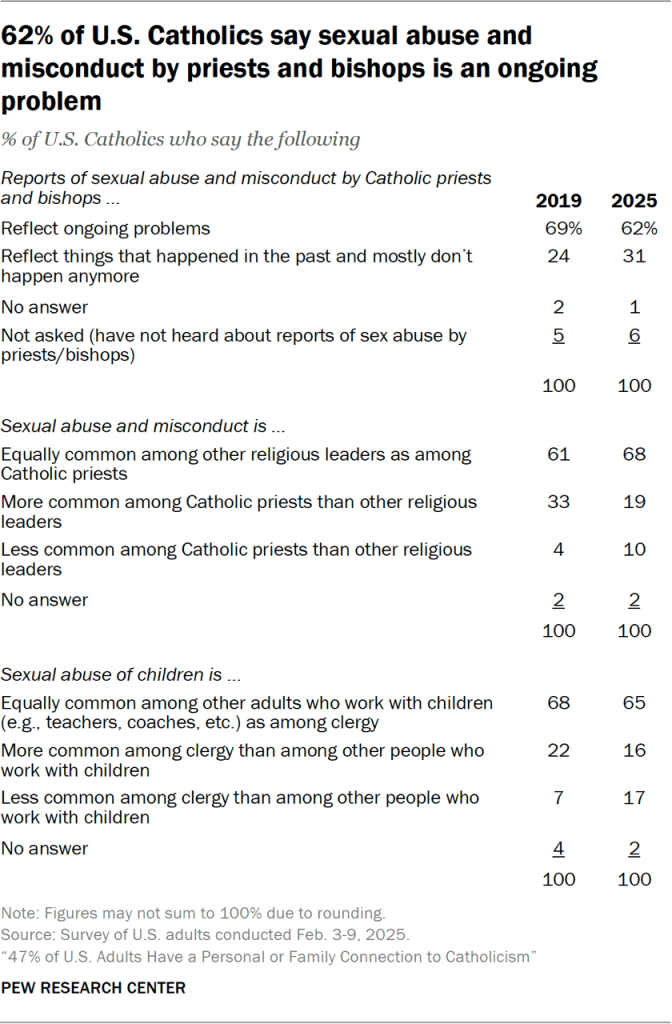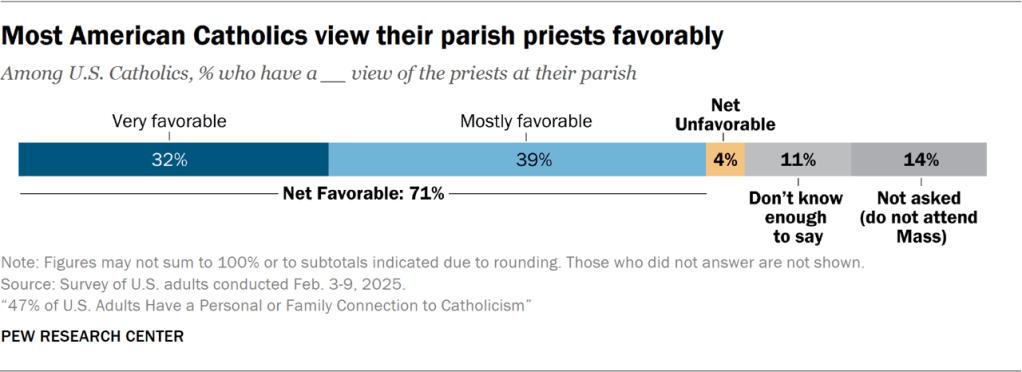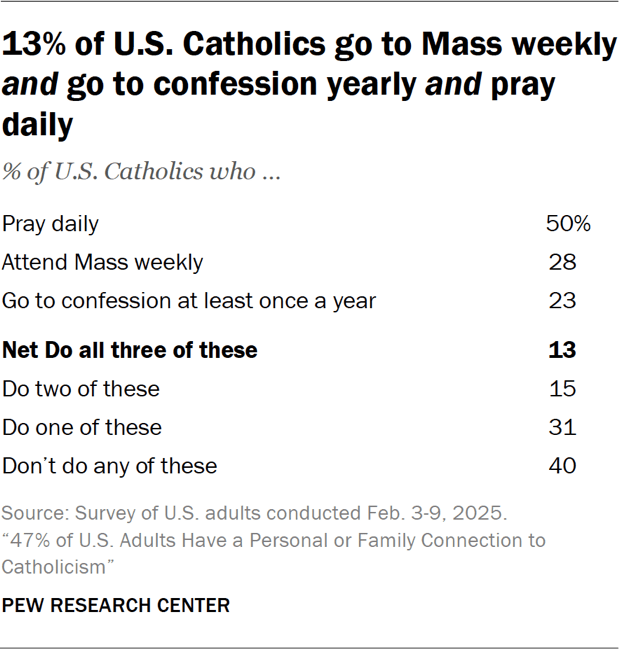NATO Viewed Favorably Across 13 Member Nations
Flags of NATO member nations wave outside the organization’s headquarters in Brussels on March 6, 2025. (John Thys/AFP via Getty Images) How we did this This Pew Research Center analysis focuses on public opinion of NATO, Russia, Russian President Vladimir Putin and Ukrainian President Volodymyr Zelenskyy in 25 countries across the Asia-Pacific region, Europe, Latin America, the Middle East-North Africa region, North America and sub-Saharan Africa. Opinion of NATO, Russia, and both leaders are examined in the context of long-term trend data. For non-U.S. data, this analysis draws on nationally representative surveys of 28,333 adults conducted Jan. 8 to April 26, 2025. All surveys were conducted over the phone with adults in Canada, France, Germany, Greece, Hungary, Italy, Japan, the Netherlands, Poland, South Korea, Spain, Sweden and the United Kingdom. Surveys were conducted face-to-face in Argentina, Brazil, India, Indonesia, Israel, Kenya, Mexico, Nigeria, South Africa and Turkey. In Australia, we used a mixed-mode probability-based online panel. In the United States, we surveyed 3,605 U.S. adults from March 24 to March 30, 2025. Everyone who took part in this survey is a member of the Center’s American Trends Panel (ATP), a group of people recruited through national, random sampling of residential addresses who have agreed to take surveys regularly. This kind of recruitment gives nearly all U.S. adults a chance of selection. Surveys were conducted either online or by telephone with a live interviewer. The survey is weighted to be representative of the U.S. adult population by gender, race, ethnicity, partisan affiliation, education and other categories. Read more about the ATP’s methodology. We conducted simultaneous telephone and face-to-face surveys in Hungary and Poland in 2024. Data in our 2024 reports was from the face-to-face survey. The 2024 data in this report comes from the telephone survey for direct comparison to our 2025 telephone data. For this reason, 2024 data for Hungary and Poland may not match earlier reports. Here are the questions used for this analysis, along with responses, and the survey methodology. Ahead of this month’s NATO summit in the Netherlands, people in 13 surveyed member nations continue to view the alliance in a mostly favorable light. Meanwhile, roughly three years after Russia’s military invasion of Ukraine, international opinion of Russian President Vladimir Putin and the country he leads remains negative across a broader set of 25 countries. A median of 84% of adults lack confidence in Putin to do the right thing regarding world affairs, and a median of 79% have an unfavorable view of Russia. Confidence in Ukrainian President Volodymyr Zelenskyy is mixed overall, although his ratings have increased in several European nations allied with Ukraine. These findings are based on a survey of 31,938 adults in 25 countries conducted Jan. 8-April 26, 2025, before the Ukrainian drone attacks against Russia and the latest round of peace talks between the two countries. Views of NATO NATO is seen more favorably than not across most of the 13 member countries included in the survey: A median of 66% of adults have a positive view of the alliance. Opinions vary widely, however, from 81% favorability in Poland to 28% in Greece. Favorable views of NATO have declined since 2024 in a few countries, including Turkey and Greece, where the organization is historically less well-regarded than it is in other member nations. However, positive views of NATO are up since last year in Canada and Germany. Opinions of NATO are divided along ideological lines. In four member nations surveyed – Canada, Hungary, the United Kingdom and the United States – people who place themselves on the ideological left are more likely than those on the right to see NATO favorably. In Greece and Sweden, by contrast, the organization gets higher ratings from the right than the left. Views of Putin and Russia Confidence in Putin Across the broader set of 25 countries, few people express confidence in Putin’s leadership on the world stage. A median of 15% have confidence in him to do the right thing regarding world affairs, while a median of 84% do not. Confidence in Putin has remained low since Russia’s February 2022 invasion of Ukraine. But views of Putin have become more favorable in a handful of countries since 2024. Confidence in the Russian president is up in Greece, Hungary, Italy, Mexico, Turkey and the U.S. In the U.S., this movement has come largely among Republicans and Republican-leaning independents. Still, only 17% of Republicans have confidence in Putin. Related: Republican Opinion Shifts on Russia-Ukraine War People who place themselves on the ideological right have become more confident in Putin in six countries since last year: Nigeria (+15 percentage points), Italy (+13), Mexico (+11), Hungary (+10), Brazil (+9), and the U.S. (+6). In many countries, confidence in Putin is related to confidence in U.S. President Donald Trump. In Australia, Canada and most of the European countries surveyed, people who have confidence in Trump are also more likely to have confidence in Putin. Favorability of Russia Russia continues to be seen in a mostly negative light by people in the 25 countries surveyed. A median of 19% have a favorable view of Russia, while a median of 79% have an unfavorable view. In two countries – India and Indonesia – views of Russia are more favorable than not. And in Nigeria and Mexico, opinions are mixed. While overall favorability of Russia remains low, an increasing share of the public in fivecountries – Greece, Hungary, Italy and Turkey – have a positive view of the country. Greeks and Italians, for example, are 10 points more likely to have a favorable opinion of Russia this year than in 2024. And in Hungary and Italy, views have become especially more positive among people on the ideological right and those who support their nation’s right-wing populist parties. People across most of the countries surveyed see the U.S. more favorably than Russia, even as positive opinion of the U.S. has dropped over the past year. However, adults in Indonesia, Mexico and Turkey express
NATO Viewed Favorably Across 13 Member Nations Read More »
